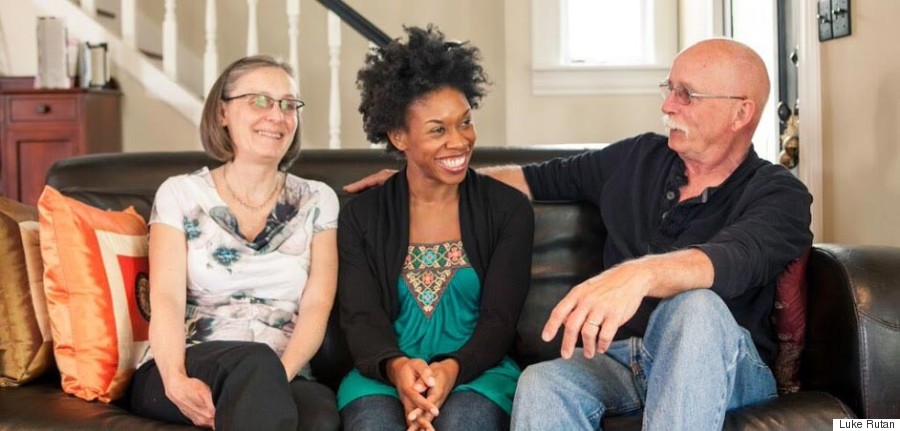Too Latina To Be Black, Too Black To Be LatinaPosted in Articles, Autobiography, Latino Studies, Media Archive, United States on 2015-09-24 16:17Z by Steven |
Too Latina To Be Black, Too Black To Be Latina
The Huffington Post
2015-09-15
Aleichia Williams, Writer, Student, Advocate
I can remember the first time I had a ‘race crisis.’
I was probably twelve or thirteen and I had just moved to the quiet state of North Carolina from my home state and city of New York. North Carolina was a lot different than New York. For one, there wasn’t an enormous variety of culture and people. I didn’t have class with any Russians. My professors weren’t Puerto Rican and there wasn’t a whole lot of mixing between kids of one race with kids of another. In fact, at my middle school you had three groups you could classify as; black, “Mexican”, or white.
Unaware of this fact I walked into my second class on my first day of school and decided to sit next to a group of friendly looking Hispanic girls. As soon as I sat down the table was quiet. Then one girl snickered to another in Spanish “Why is she sitting here? I don’t want her to sit here.” Her friend, who had been in my previous class and had heard my class introduction, blushed and replied to her friend in English “She speaks Spanish.”
That was the first time I could remember being aware of my skin color and the overwhelming implications it held. This was also my first ‘race crisis’…
Read the entire article here.

